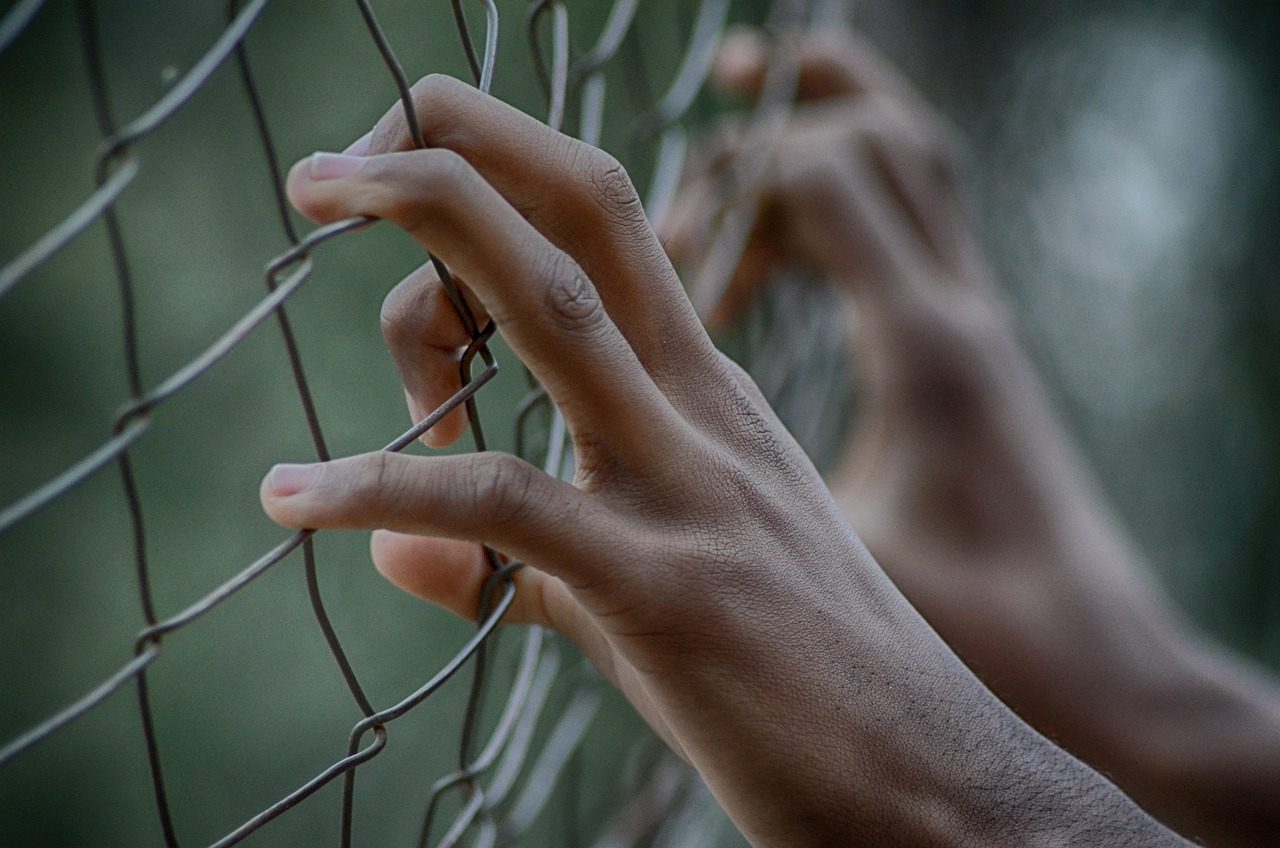
A rapprochement that in the eyes of history might have been considered highly improbable: Austria, Hungary, and Serbia met on Monday, October 3rd, for a joint press conference in Budapest to put in place an action plan to combat the influx of migrants.
Serbian President Aleksandar Vučić, Hungarian Prime Minister Viktor Orbán, and Austrian Chancellor Karl Nehammer want to coordinate to stem the flow of migrants taking the Balkan route to Western Europe.
The action plan includes increased police cooperation along the borders of the three countries, but also on the borders of Serbia’s neighbouring Northern Macedonia. Serbia will also be supported in returning migrants to their countries of origin.
The issue is both technical and financial, and Austrian Chancellor Karl Nehammer said he wanted to provide the means to support both Serbia and Hungary. He publicised on Twitter his determination to make up for the European Union’s deficiencies in regulating migratory flows:
Solange der Kampf gegen illegale Migration & Schlepperei sowie Rückführungen auf EU-Ebene nicht funktionieren, müssen wir alles tun, um gemeinsam die Grenzen zu schützen. Hier ist die Zusammenarbeit mit Serbien & Ungarn besonders wichtig. pic.twitter.com/6SlOvn75RE
— Karl Nehammer (@karlnehammer) October 3, 2022
At the end of September, Austria had already announced the re-establishment of controls at its eastern border with Slovakia, and additional patrols in the west, on the Swiss side.
For his part, President Aleksandar Vučić has expressed his desire for his country to stop acting as “a route for illegal migration towards the West,” which means aligning Serbian visa policy with that of the European Union, which is not the case at present. Some nationals from outside the European Union do not need visas to enter Serbian territory, which makes it a very convenient platform for them to cross into other European countries. India is one such country, and in September, Indians were counted as the largest contingent of asylum seekers in Austria.
Hungarian President Viktor Orbán is in favour of setting up ‘hotspots’ outside the European Union, where asylum applications would be processed. This procedure contradicts international asylum law but is regularly put forward by politicians on the European right. The proposal is part of the programme of the Italian coalition led by Giorgia Meloni. The principle was also advocated by French right-wing candidates in the presidential elections, such as Valérie Pécresse, Éric Zemmour, and Marine Le Pen.
The willingness of Central European leaders to act is explained by alarming figures. According to Frontex, the border agency of the Schengen area, the Balkans is currently the “most active migration route in the EU, with 15,900 attempted crossings in August, 141% more than last year.” Other states have already taken action. The Czech Republic recently stepped up checkpoints at its border with Slovakia. “Checks are being reintroduced at 27 former crossing points along the entire length of the border with Slovakia,” said Czech law enforcement officials. “We have to take this preventive measure in order to deal with the situation in the long term and to discourage illegal migrants from using this route,” the conservative Czech Prime Minister, Petr Fiala, justified.
The strengthening of border controls by member states is not well received by the European authorities. In April, the Council of Europe was already alarmed by the “widespread refoulement” of migrants at the borders. Thirteen states (namely Croatia, Italy, Austria, Hungary, Poland, Lithuania, Latvia, Greece, Cyprus, Turkey, Bulgaria, France, and Spain) were denounced for turning back migrants without giving them the opportunity to apply for protection.
